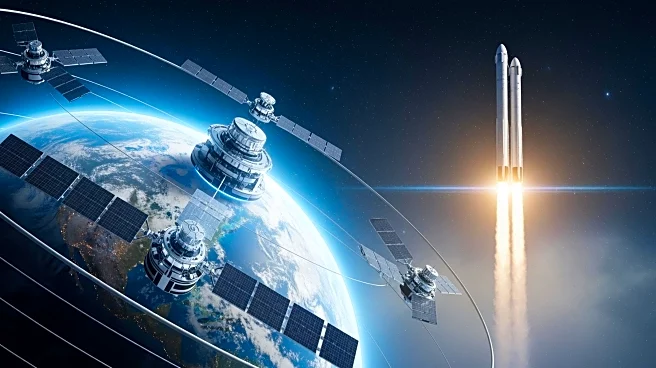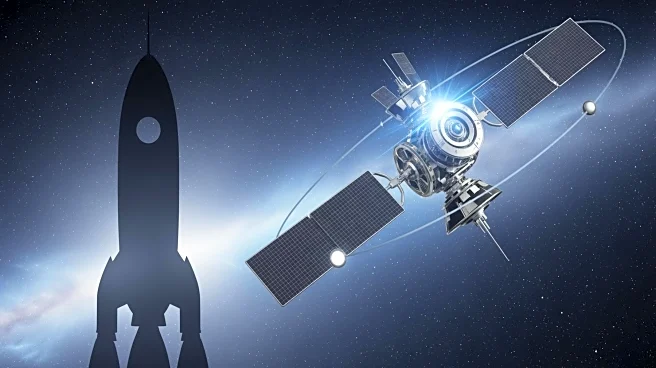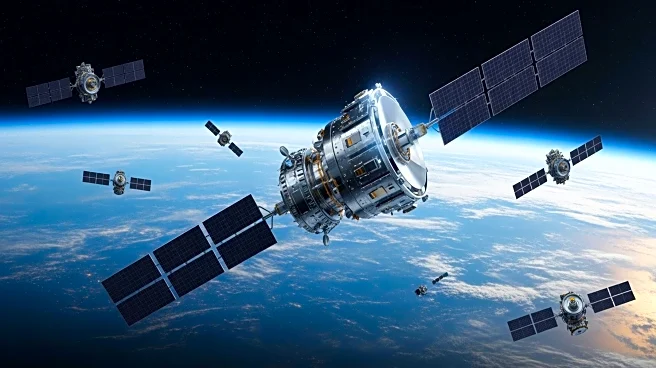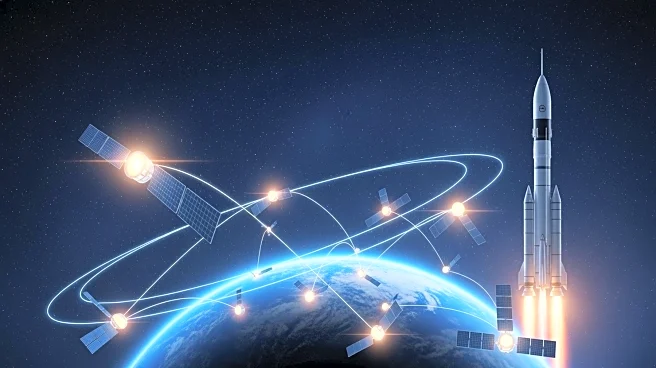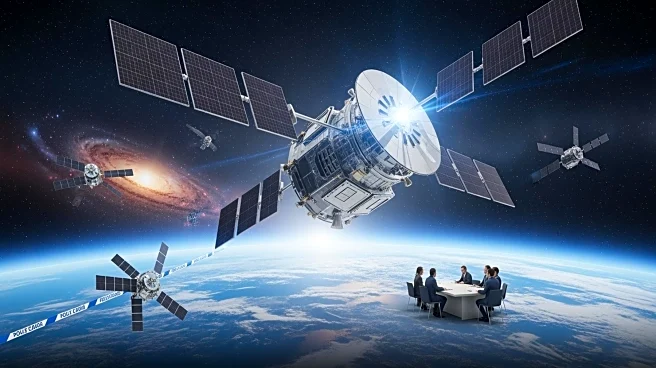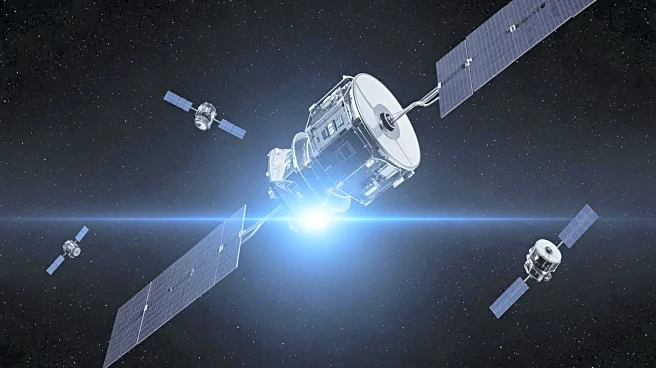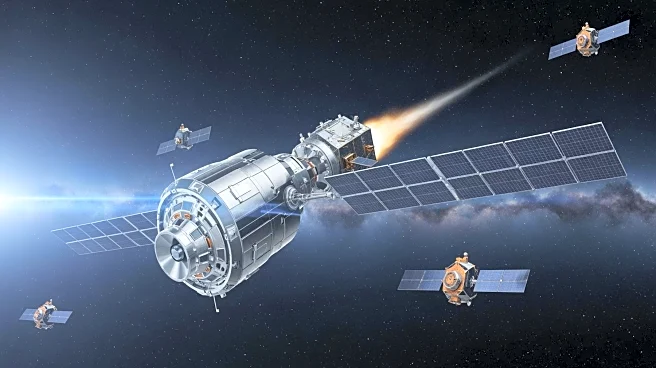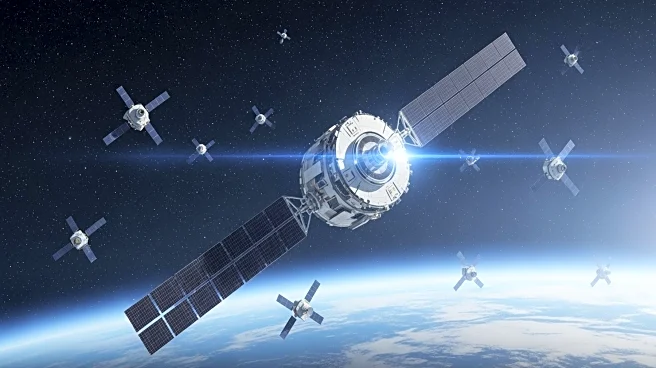What's Happening?
SpaceX successfully launched its Falcon 9 rocket from Cape Canaveral Space Force Station on October 19, marking a record-breaking 31st launch and landing for the booster. The mission, known as Starlink
10-17, involved deploying 28 Starlink internet satellites into low-Earth orbit. The Falcon 9 took off at 1:39 p.m. from Launch Complex 40, continuing SpaceX's efforts to expand its satellite internet constellation. This launch is part of SpaceX's ongoing initiative to provide global internet coverage through its Starlink satellites.
Why It's Important?
The successful launch and landing of the Falcon 9 rocket underscore SpaceX's growing capabilities in reusable rocket technology, which significantly reduces the cost of space travel and satellite deployment. The expansion of the Starlink satellite network is crucial for providing high-speed internet access to remote and underserved areas worldwide, potentially transforming global communications. This development also strengthens SpaceX's position in the commercial space industry, enhancing its competitive edge against other space exploration companies.
What's Next?
SpaceX is expected to continue its aggressive launch schedule, with more Starlink missions planned to further expand its satellite constellation. The company aims to increase the number of satellites in orbit, improving internet service quality and coverage. Additionally, SpaceX's advancements in reusable rocket technology may lead to more frequent and cost-effective launches, potentially opening new opportunities for commercial and scientific space missions.


